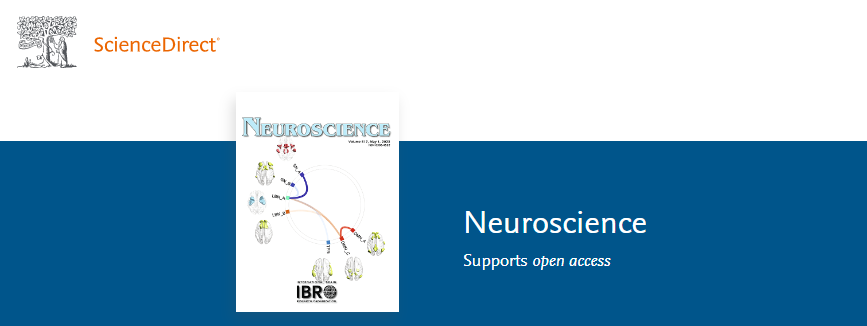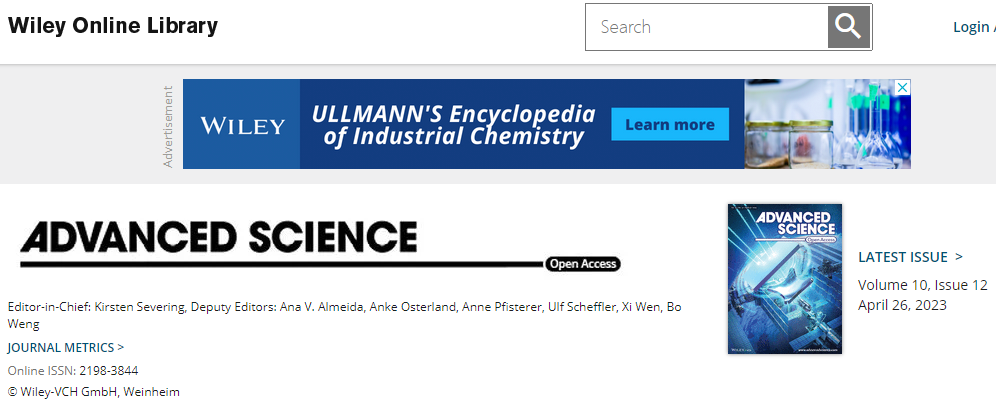有过SCI投稿经验的作者都知道,很多英文期刊在名字上非常地相似,没有认真看的时候甚至会被混淆。
比如,The Journal of Agricultural Science和Journal of Agricultural Science,后者是一本未被SCI收录的“野鸡”期刊,就因为差了一个the,而让很多科研小白上当踩雷。
今天,我们就来看看有哪些名字极相似的期刊。
名字很像,差别却很大
一“s”之差
(1)Cell和Cells
Cell期刊,与Nature和Science并列,是世界上最为权威的学术期刊之一。
创刊于1974年,ISSN:1097-4172,是爱思维尔(Elsevier)出版公司旗下的细胞出版社(Cell Press)发行的关于生命科学领域最新研究发现的杂志。
Cell期刊主要发表关于实验生物学任何领域的重大研究成果,对文章的创新点和价值要求极高,是科研人的超级梦想之一。
期刊网址:https://www.cell.com/cell/home

Cells是创刊于2011年,ISSN:2073-4409,由MDPI出版社发行。Cells主要接收与细胞生物学、生理学、分子生物学及生物物理学等领域相关的学术论文。
期刊网址:https://www.mdpi.com/journal/cells

Cells与Cell虽只有一字之差,但影响因子天差地别。
Cell目前为JCR分区1区,中科院分区1区,最新影响因子为66.85。
而Cells目前为JCR分区2区,中科院分区2区,最新影响因子为7.666。
Cells听起来似乎高大上,但是跟顶级神刊cell相比还是嫩了点。
前阵子就看到这样一件很好玩的事情:

(2)Cancer和Cancers
Cancer是美国癌症协会的国际跨学科期刊,创刊于1948年,ISSN:1097-0142,由Wiley出版社出版管理。该刊致力于发表有关于肿瘤癌症治疗和患者护理等方面的研究成果。
期刊网址:
https://acsjournals.onlinelibrary.wiley.com/journal/10970142

Cancers创刊于2009年,ISSN:2072-6694,和Cells一样隶属于MDPI出版社旗下。该刊主要关注肿瘤方向的基础研究及临床转化研究。
期刊网址:https://www.mdpi.com/journal/cancers

这两本期刊的最新影响因子差不多,Cancer最新影响因子为6.921,Cancers最新影响因子为6.575。
(3)Gene和Genes
Gene创刊于1977年,ISSN:1879-0038,由Elseviser出版,致力于报道所有与原核生物、真核生物以及病毒的基因调节、表达、功能和进化相关的研究文章。
期刊网址:https://www.sciencedirect.com/journal/gene

Genes创刊于2014年,和Cells一样隶属于MDPI数字出版社旗下,致力于报道所有与基因、遗传学和基因组学相关的主题。
期刊网址:https://www.sciencedirect.com/journal/gene

两者同为遗传学领域的期刊,在影响因子区间上区别并不大,新刊Genes略高于老刊Gene。前者最新影响因子4.141略低于后者3.913,但都属于JCR Q2区,中科院三区。
Ps:除了上面提到Cells,Cancers,Genes,MDPI出版社经常在别人的期刊后面加一个“s”,如Molecules,Polymers等等,别搞混了。
(4)Neuroscience和Neurosciences
Neuroscience是一本1976年创刊,ISSN:1873-7544,隶属于Elsevier出版社集团旗下。
Neuroscience属于神经学方向,只要是任何有关于神经系统科学方面的研究成果都会被考虑发表。
期刊网址:https://www.sciencedirect.com/journal/neuroscience

Neurosciences创刊于1996年,ISSN:1319-6138,是沙特阿拉伯的Saudi Arabian Armed Forces Hospital出版管理的一本期刊。该期刊主要发表有关于神经系统方面的研究文章。
期刊网址:https://nsj.org.sa/

在影响因子上,Neuroscience高于Neurosciences。
Neuroscience目前为JCR分区3区,中科院分区3区,最新影响因子为3.708。而Neurosciences目前为JCR分区4区,中科院分区4区,最新影响因子为0.735。
“i”/“e”之差
(1)iScience和eScience
iScience作为Cell的子刊,隶属于Elsevier出版社集团下的Cell Press发行,创刊于2018年,ISSN:2589-0042。
iScience主要发表有关生命科学、物理科学、地球科学和健康科学等方面的研究成果,注重多科学交叉研究。目前为JCR分区1区,中科院分区2区,最新影响因子为6.107。
期刊网址:http://www.cell.com/iscience/home

eScience创刊于2021年,ISSN:2667-1417,主办单位为南开大学,主管单位为教育部,由Elsevier出版社负责发行。该期刊致力于发表化学、材料、能源、电子等交叉学科领域的最新研究内容。
期刊网址:https://www.sciencedirect.com/journal/escience

前后颠倒
(1)Science Advances和Advanced Science
Science Advances创刊于2015年,ISSN:2375-2548,是Science旗下的综合型子刊。
作为综合型期刊,Science Advances关注各类科学领域的有影响力的研究成果和评述。目前为JCR分区1区,中科院分区1区,最新影响因子为14.957。
期刊网址:https://www.science.org/journal/sciadv

Advanced Science,创刊于2014年,ISSN:2198-3844,隶属于Wiley出版社集团。
该期刊致力于跨学科合作研究,文章收录范围涵盖材料科学、物理学、化学、医学、生命科学和工程学等多个学科的基础或者应用研究。目前为JCR分区1区,中科院分区1区,最新影响因子为17.521。
期刊网址:https://onlinelibrary.wiley.com/journal/21983844

以上这些刊名非常相似的期刊,可不要再被混淆了哦!
另外,尤其需要注意「掠夺性期刊」
掠夺性期刊现今越来越常用的的另一种方法就是模仿从前老刊物的名字来创办新刊。这些老刊物通常拥有良好的声誉,并且在某些领域中知名度很高。
众所周知,掠夺性出版商还会建立仿制网站来冒充那些优秀期刊的官方网站。(作者们可能就很难分辨出到底哪一个是正规期刊,哪一个是掠夺性期刊)
这些出版商会用这种冒牌网站来诱骗作者,让他们认为自己已经将论文投给了某个值得信赖且拥有很高知名度的刊物,并且已经为自己的论文的发表支付了费用。
实际上,最近的调查显示,大量活跃在一线的研究人员都曾上当受骗,将他们的论文发表在了这些掠夺性刊物上。
→Unionpub学术:【期刊征稿】【期刊更新】省心选刊避雷投稿,4月SCI/SSCI/EI列表更新!
→Unionpub学术:【科研热点】期刊自查!期刊被踢影响毕业吗?怎样判断期刊剔除信号?
→Unionpub学术:【期刊动态】重磅!4月有8本SCIE期刊被剔除!(附MDPI/Frontiers/Hindawi最新在检期刊)
→Unionpub学术:【科研热点】震惊!3月20日WOS目录更新,50本SCI/SSCI被剔除!谨慎选刊
→Unionpub学术:【科研热点】重磅!2023年中科院《国际期刊预警名单(试行)》正式发布!
→Unionpub学术:【科研热点】重磅,2022JCR修正版发布!
→Unionpub学术:【资源下载】2022中科院分区表发布!(附最新版下载)
→ Unionpub学术:【科研干货】如何回复审稿意见?
→ Unionpub学术:【科研干货】从投稿到清样、版权处理流程,国际期刊出版社最全解说之Elsevier
→ Unionpub学术:【科研干货】学术论文投稿前最全准备材料(附模板)






















 2109
2109

 被折叠的 条评论
为什么被折叠?
被折叠的 条评论
为什么被折叠?








